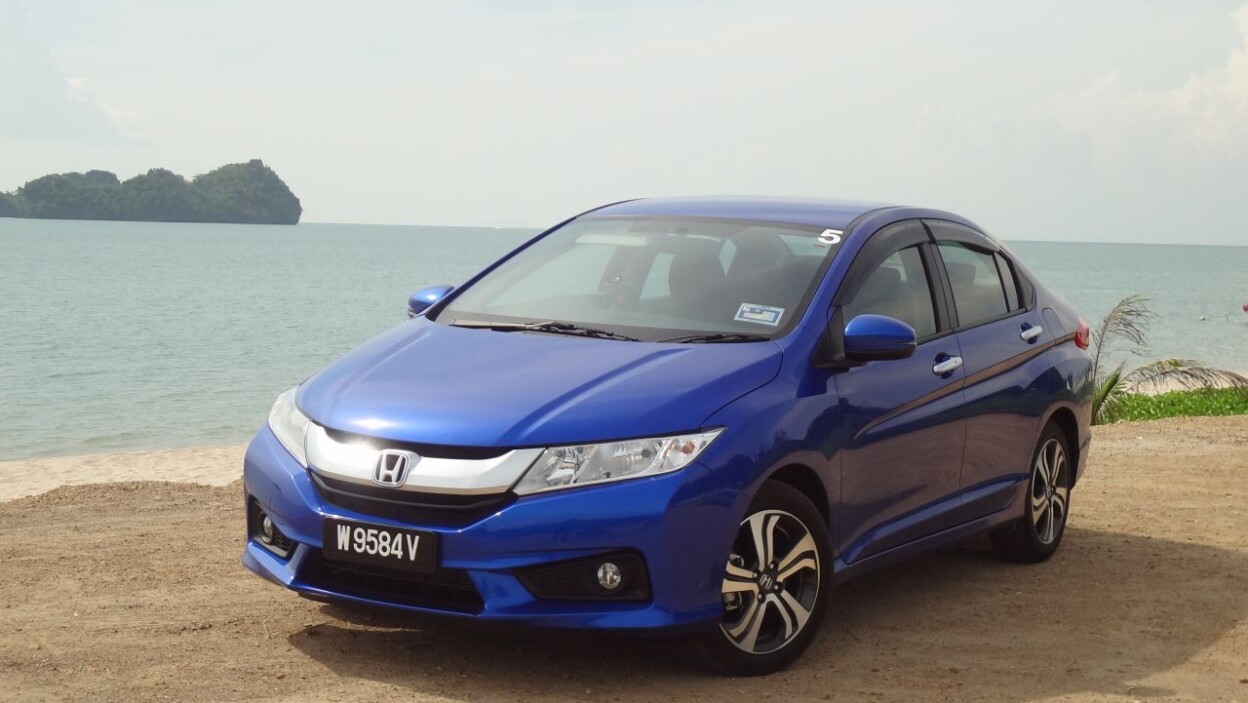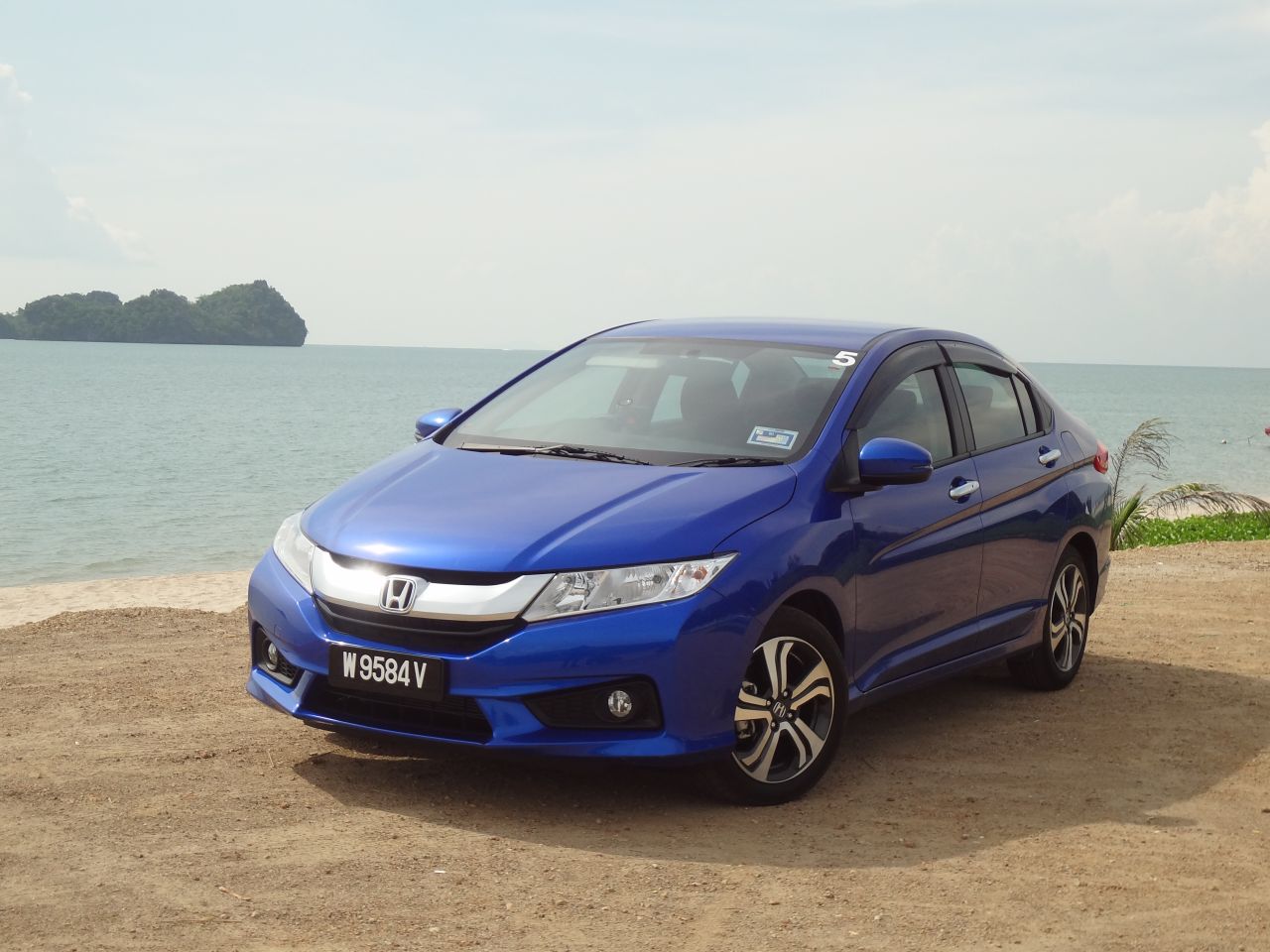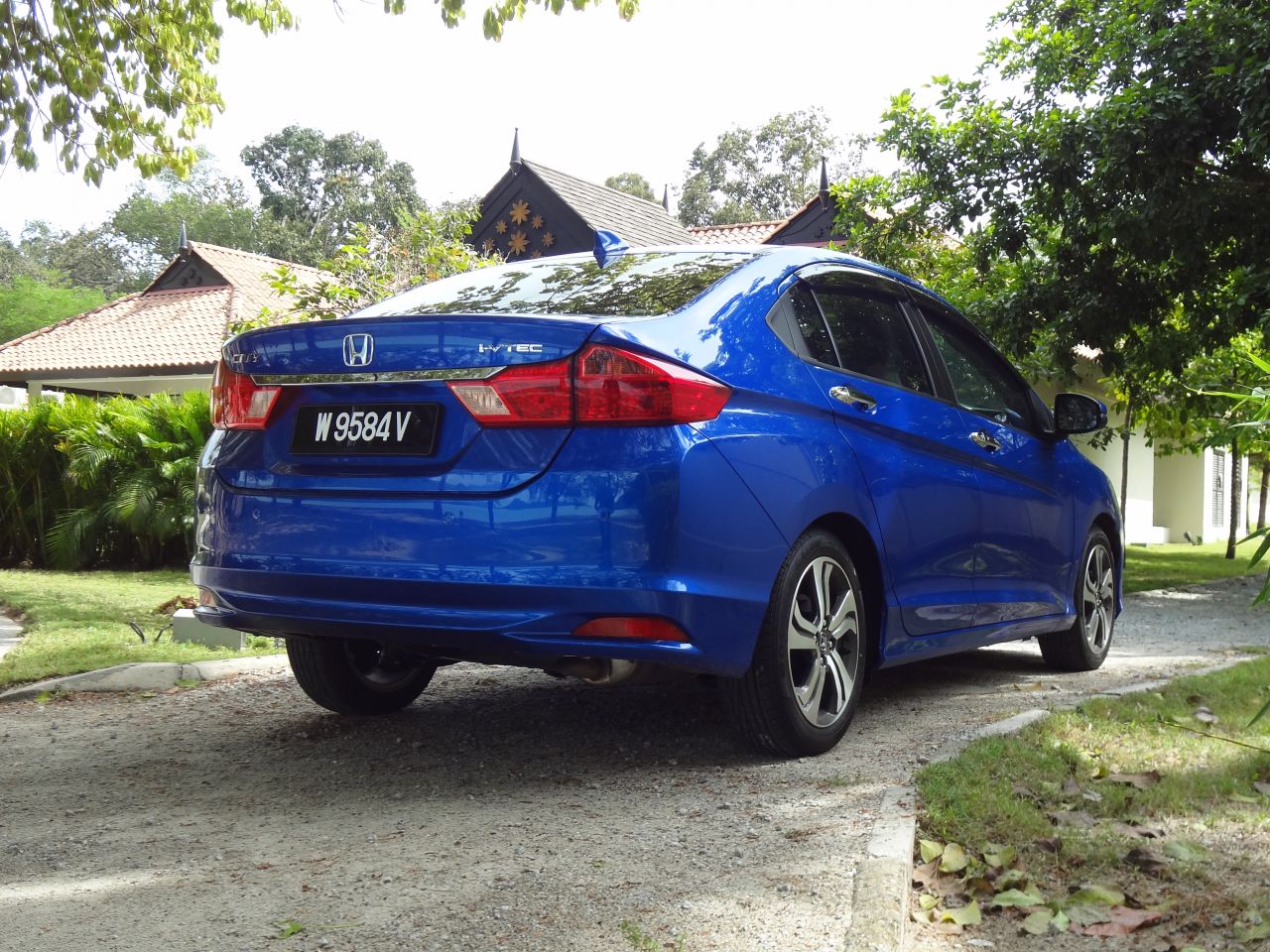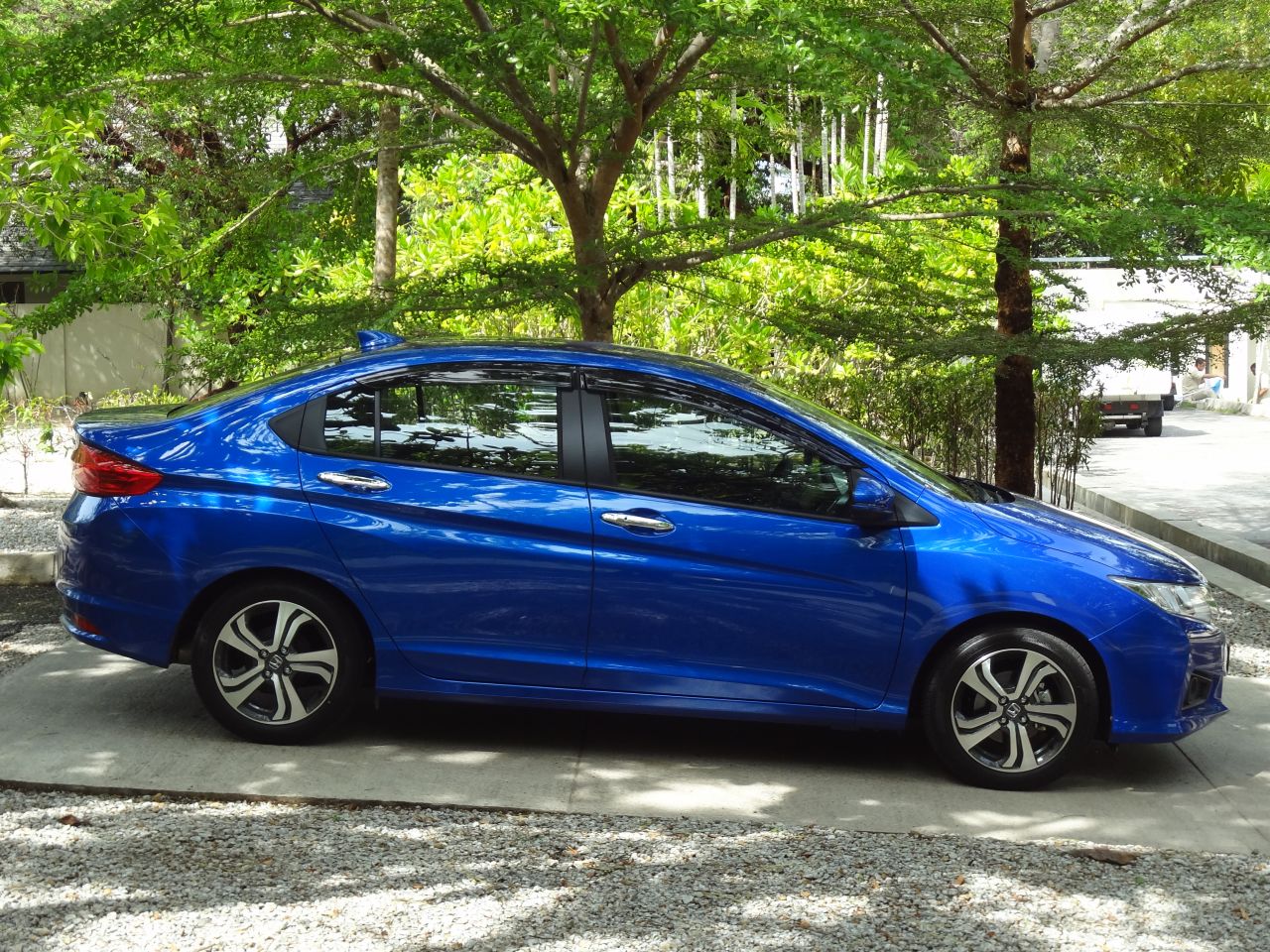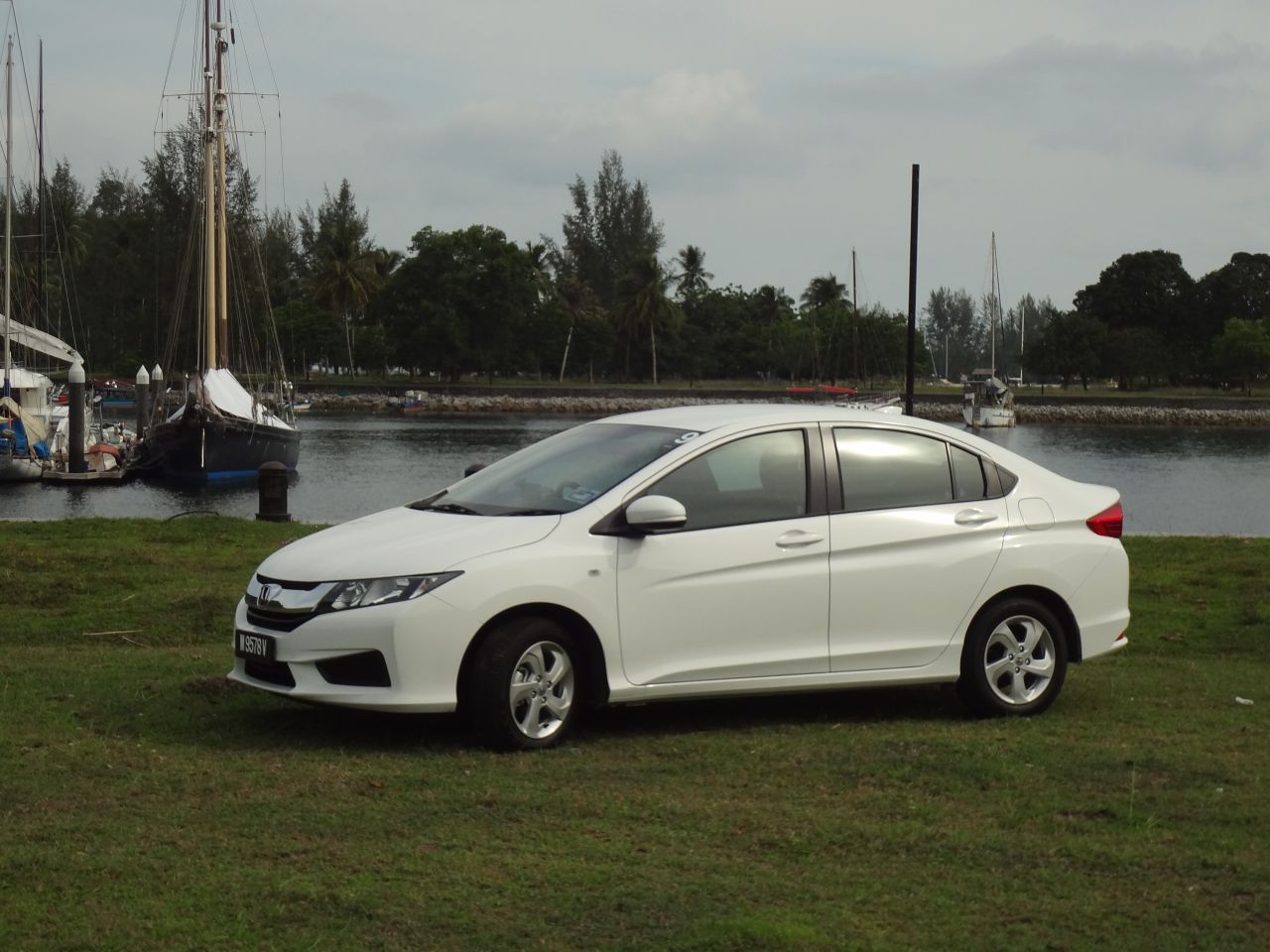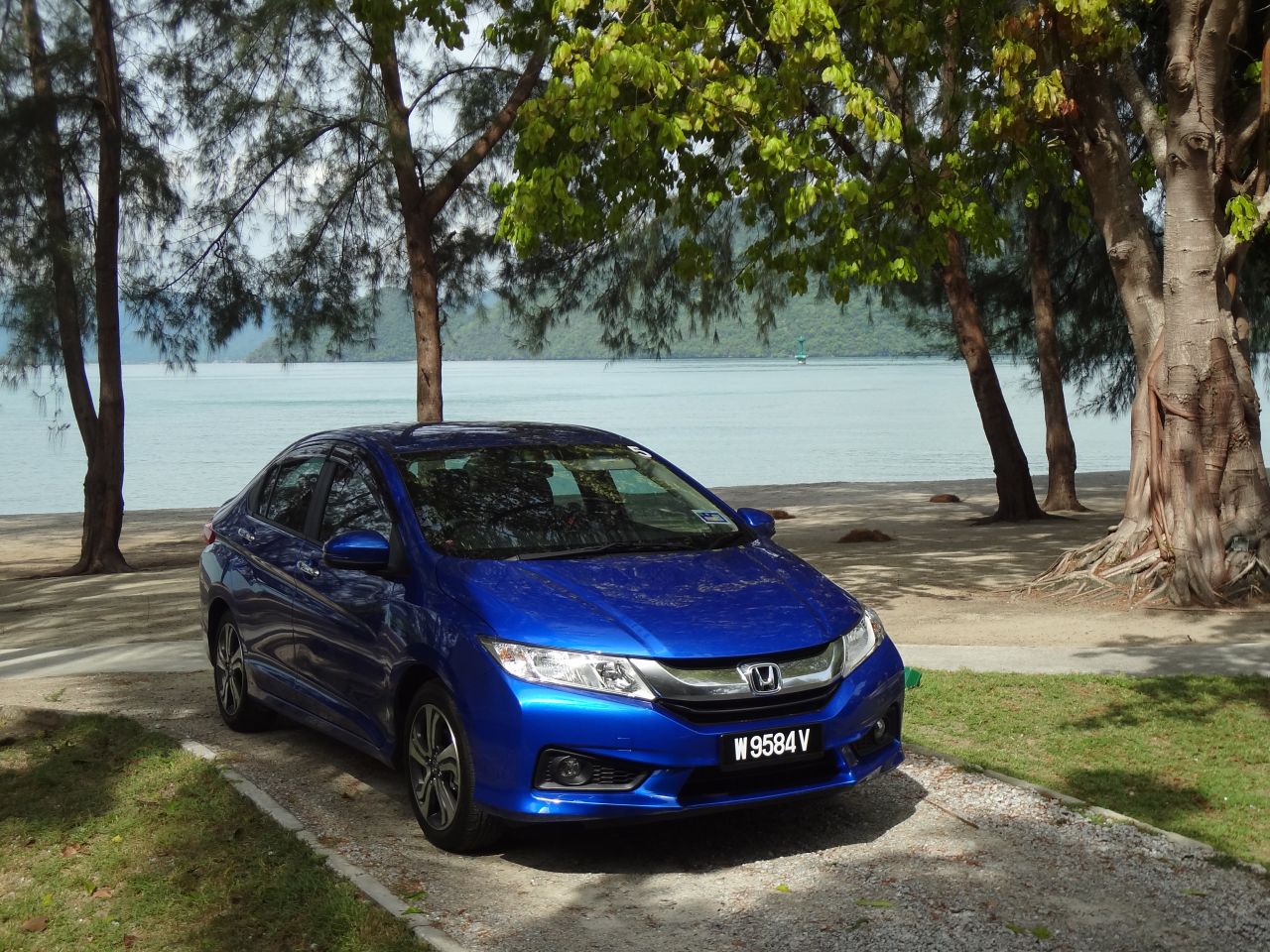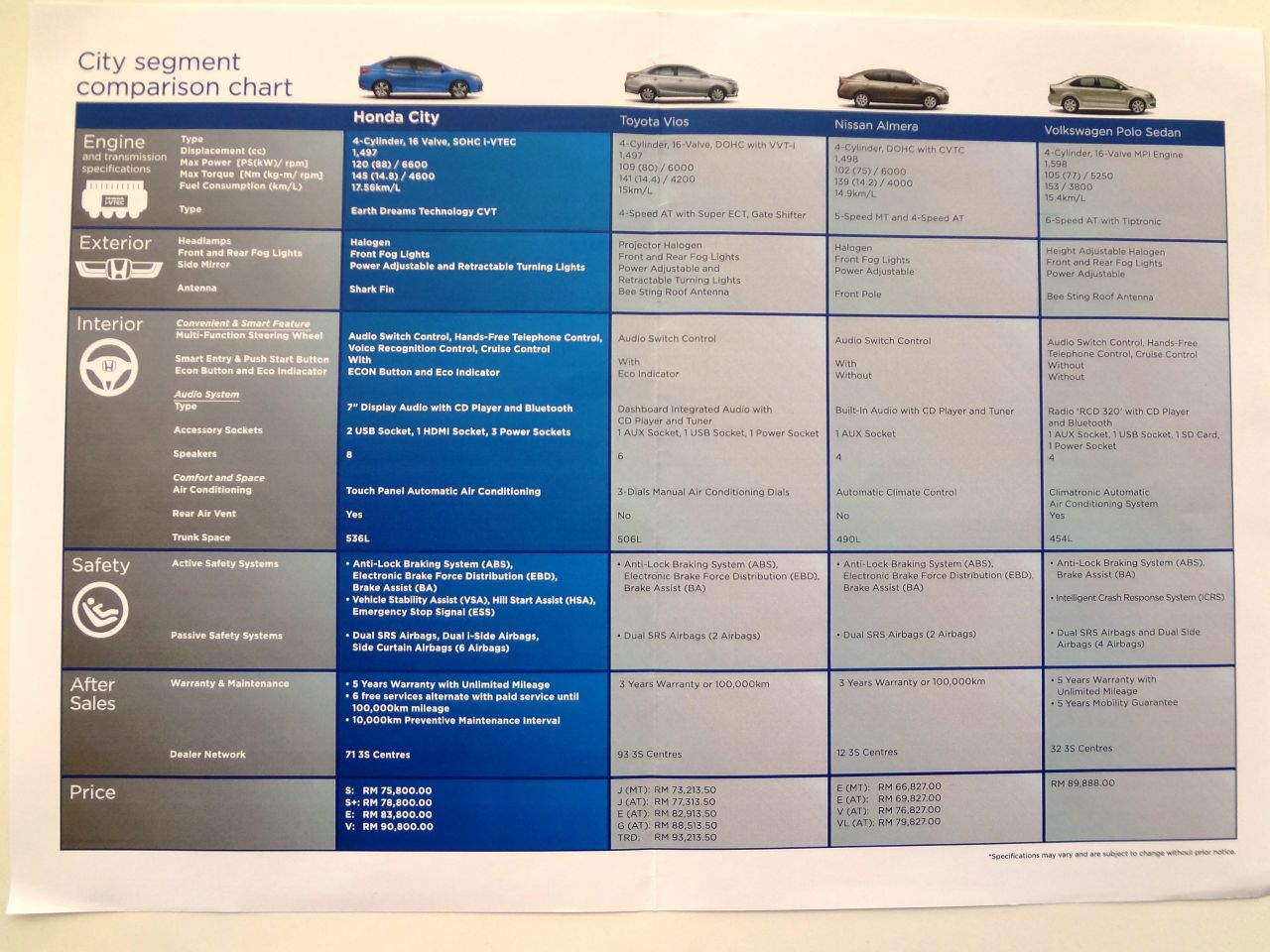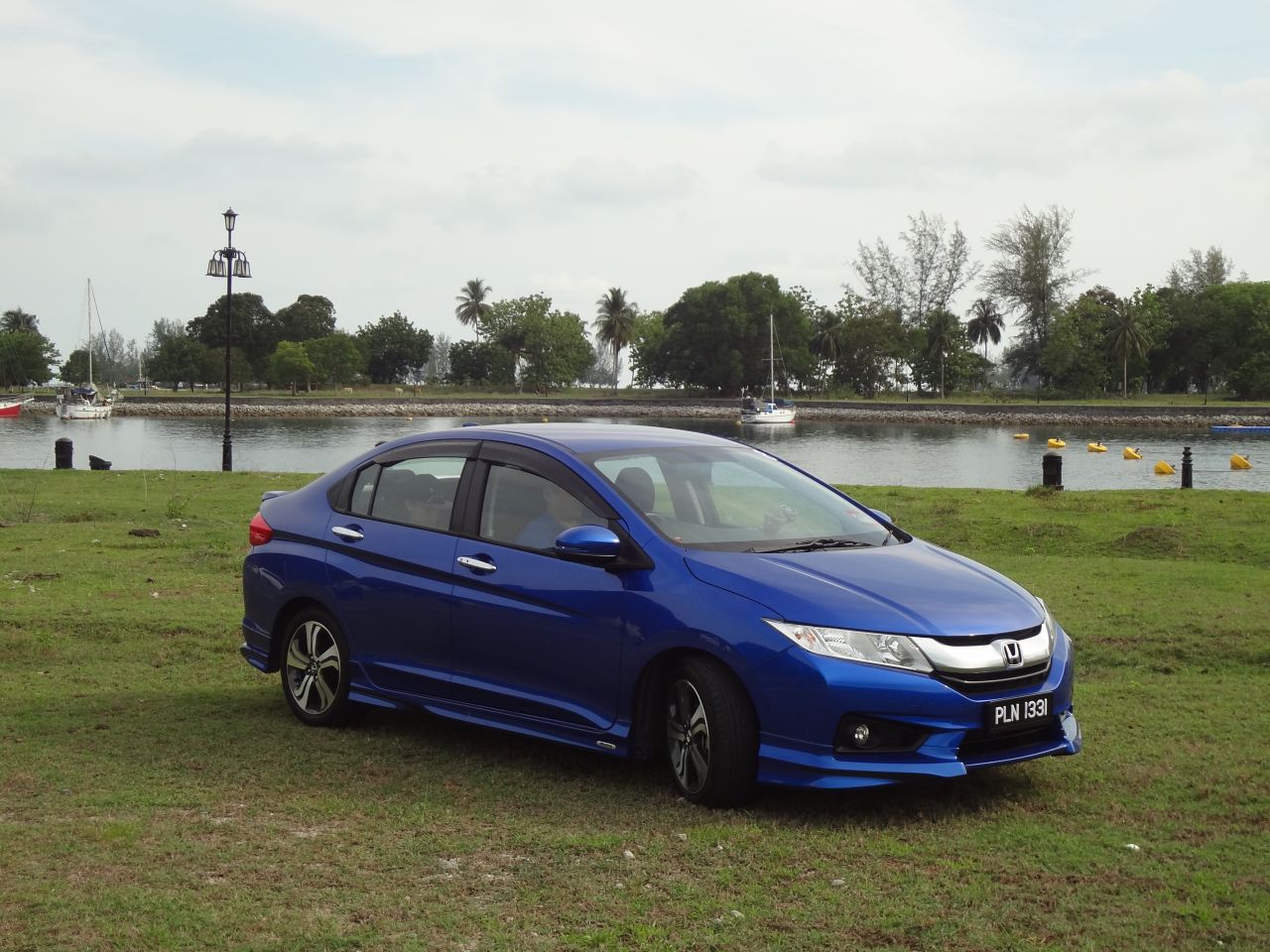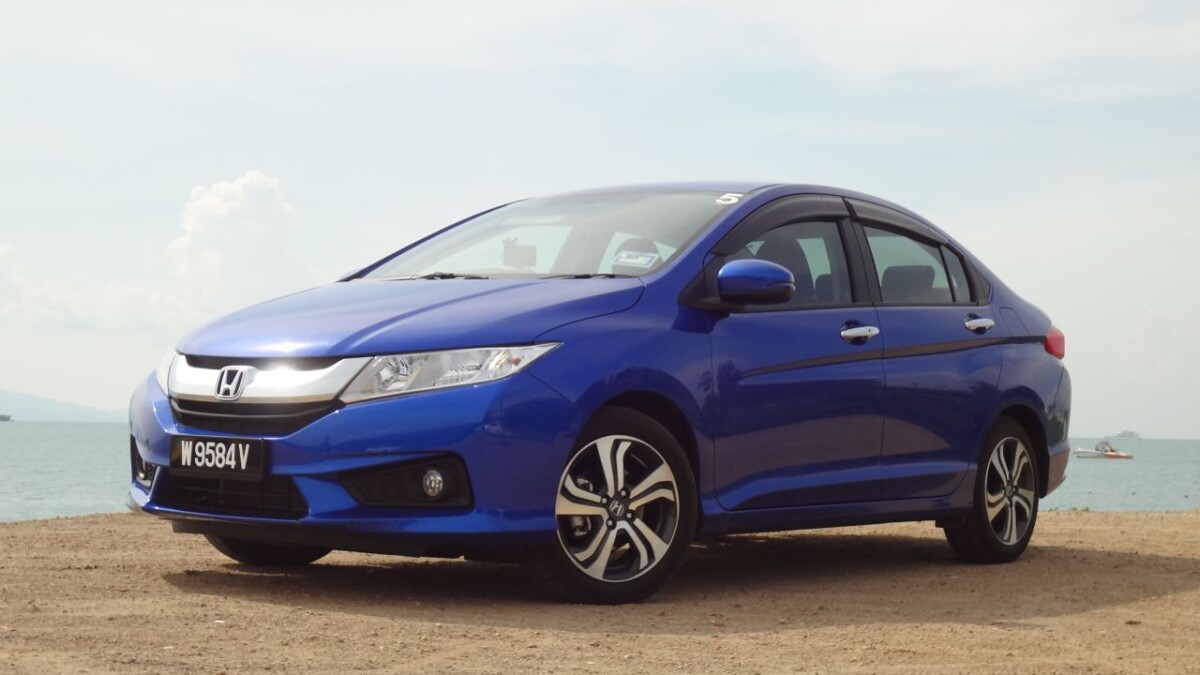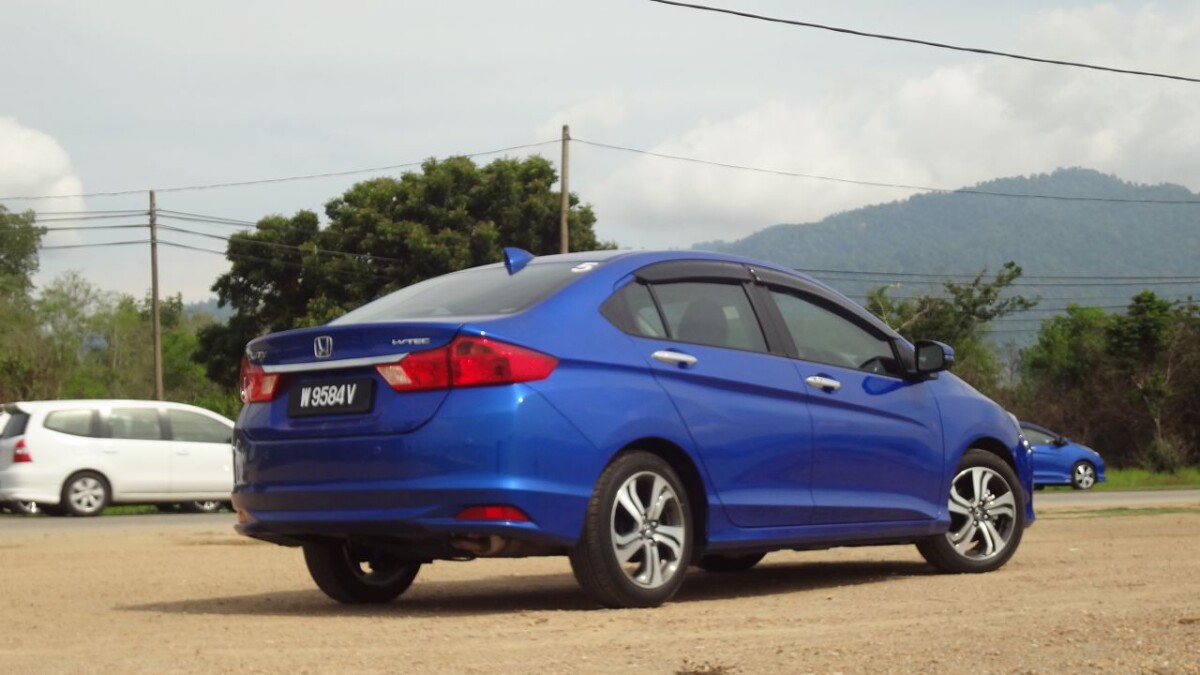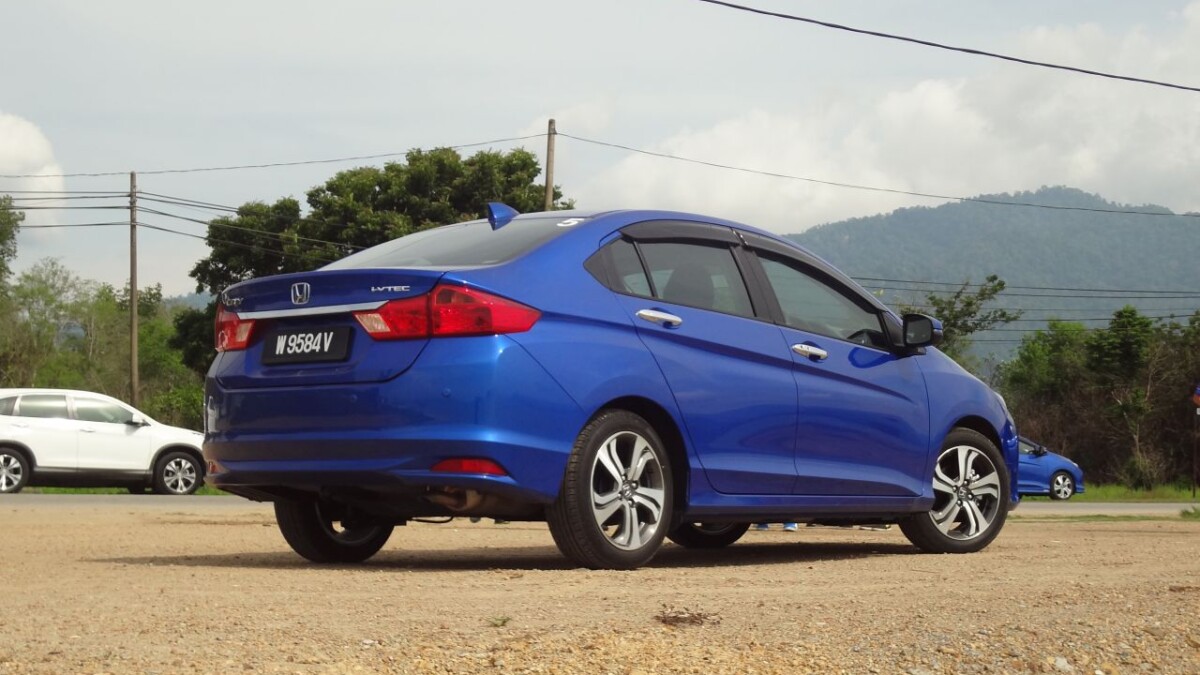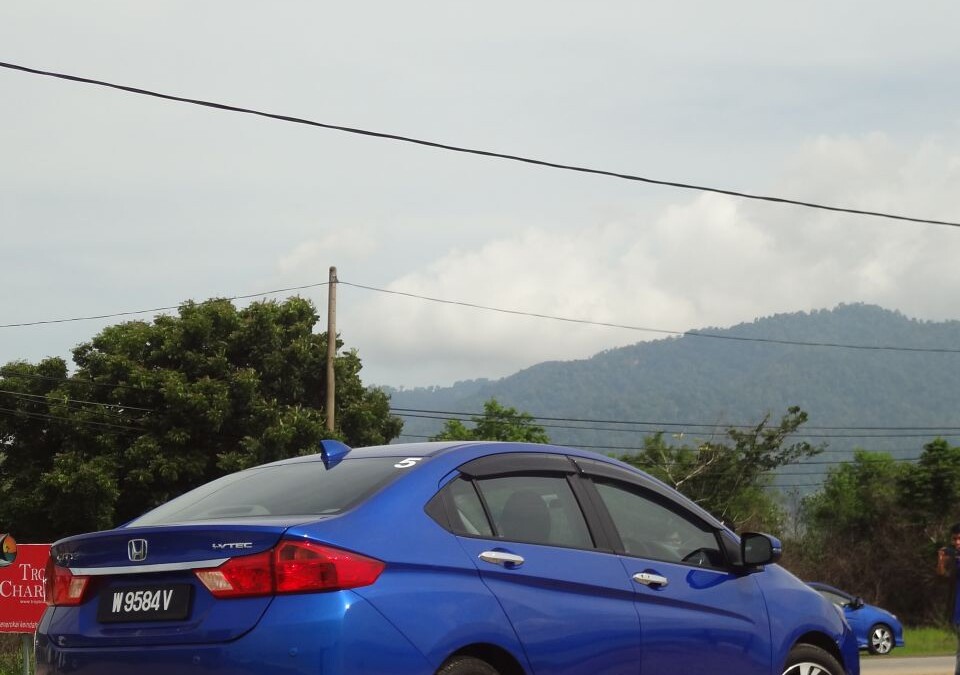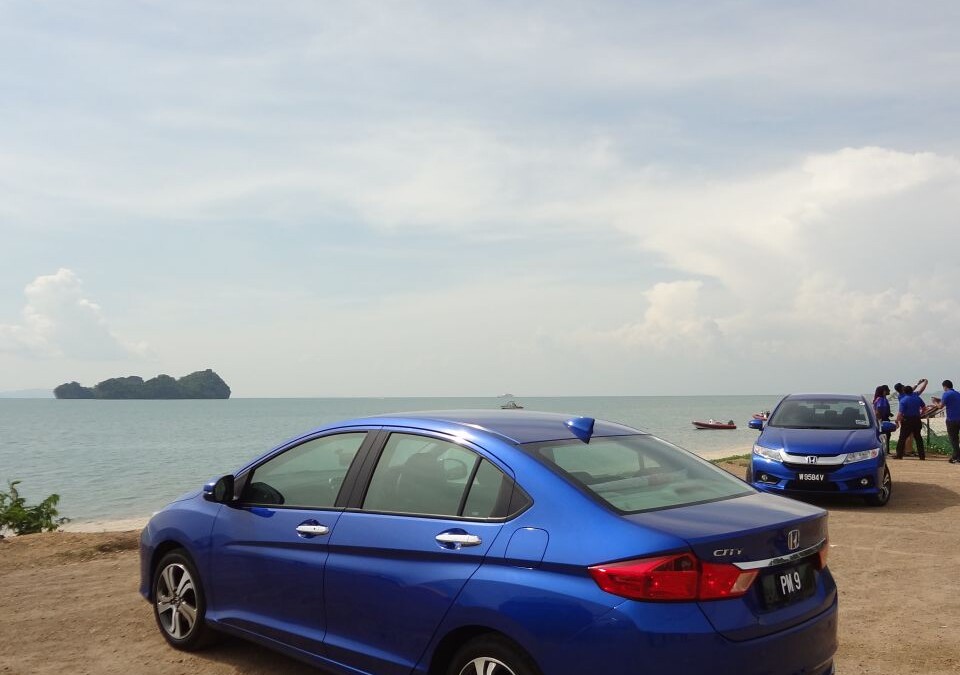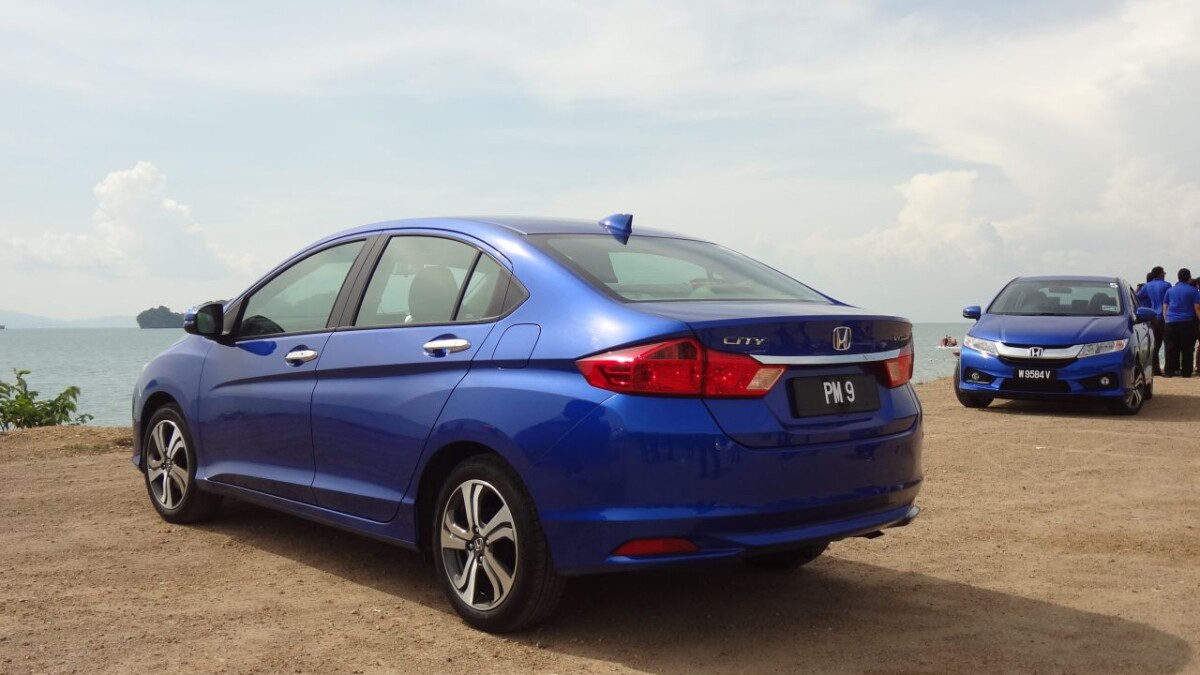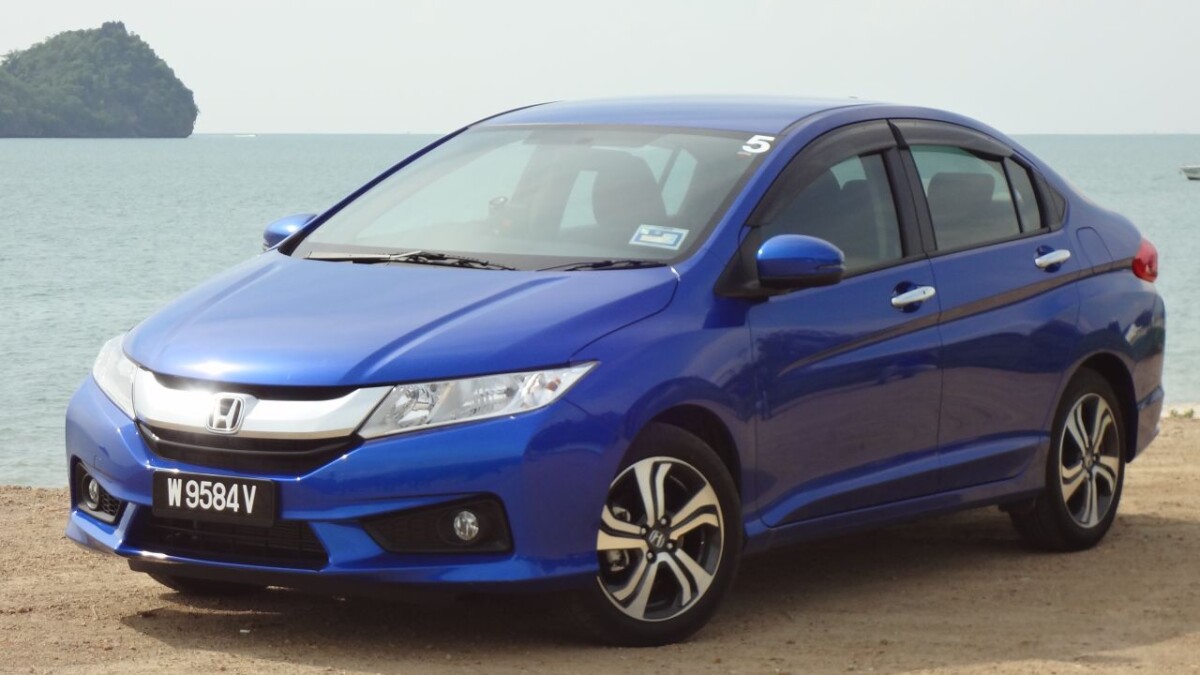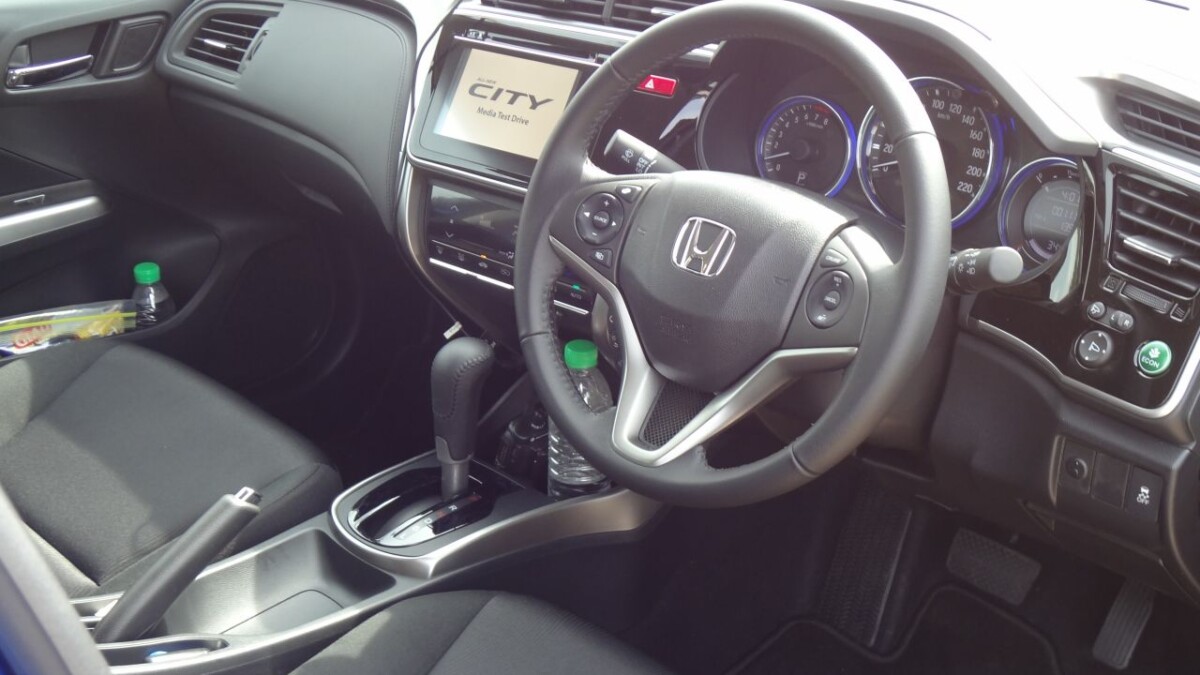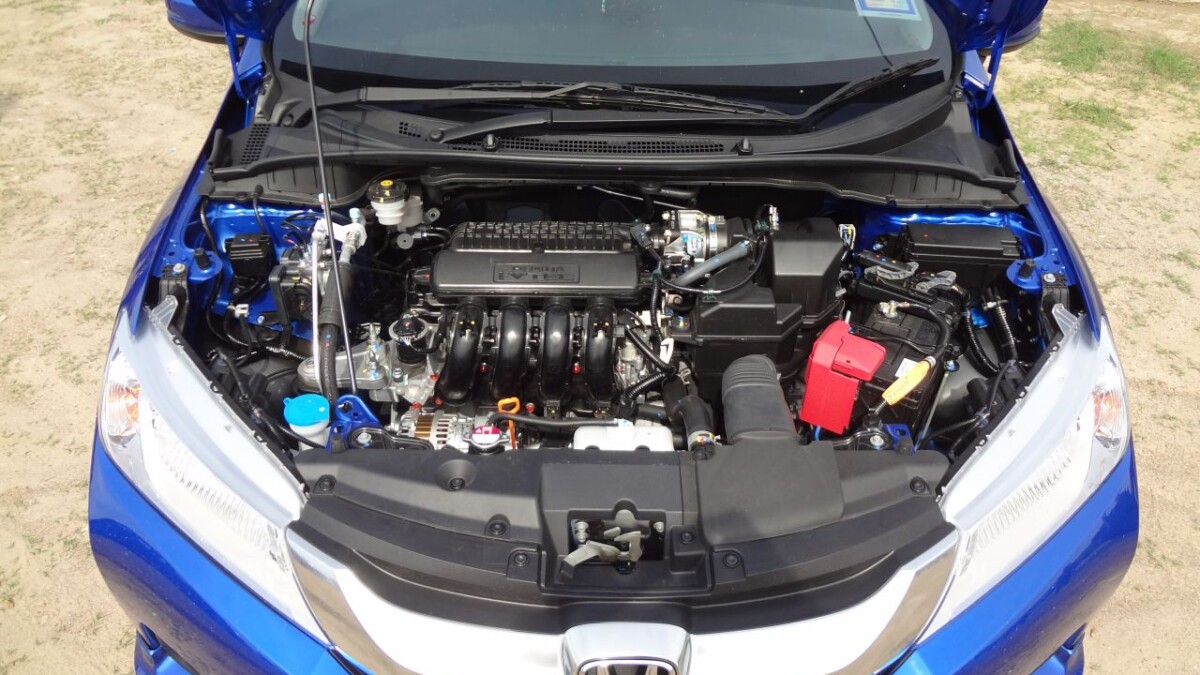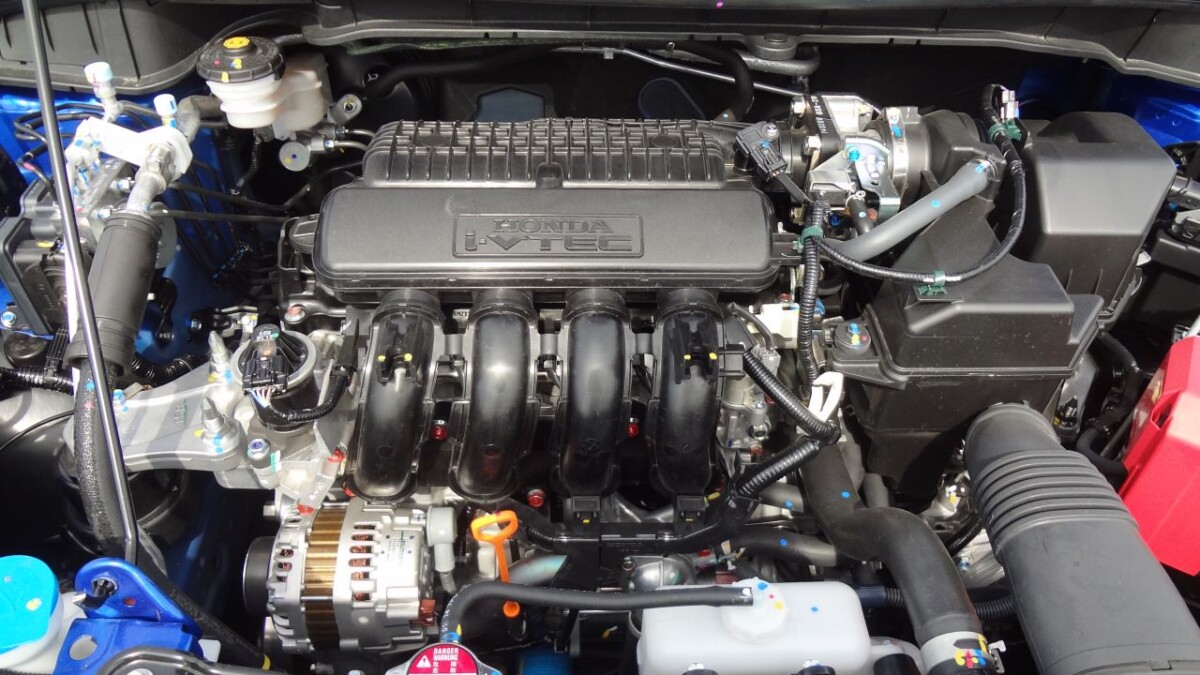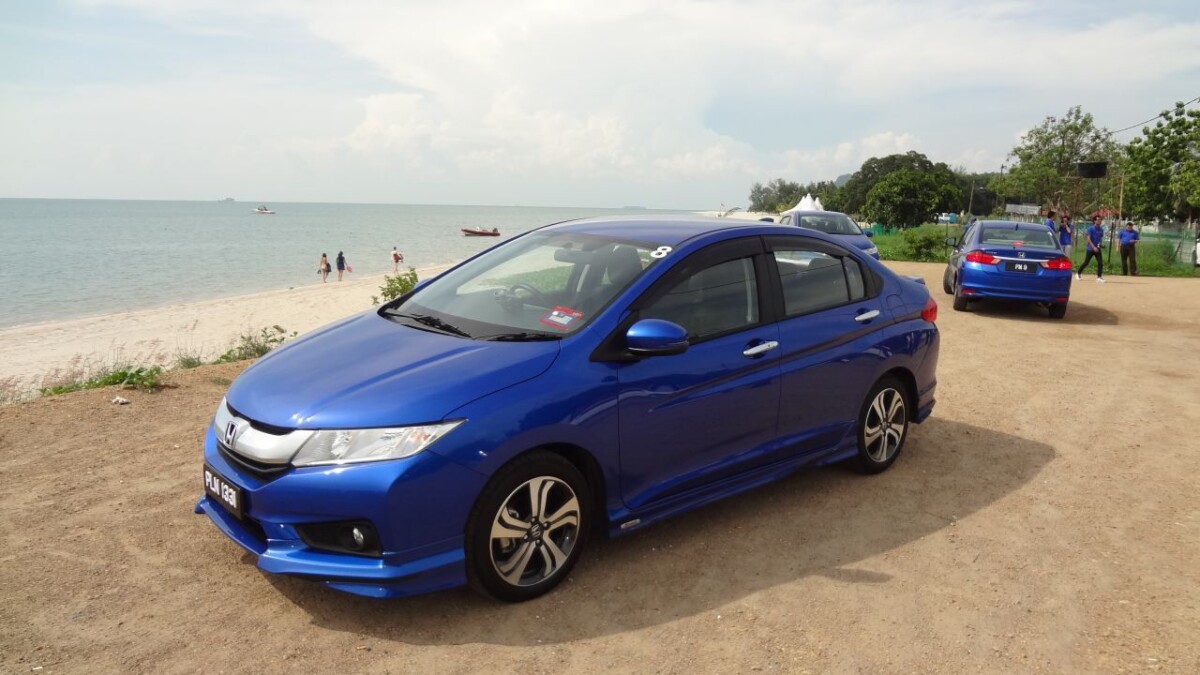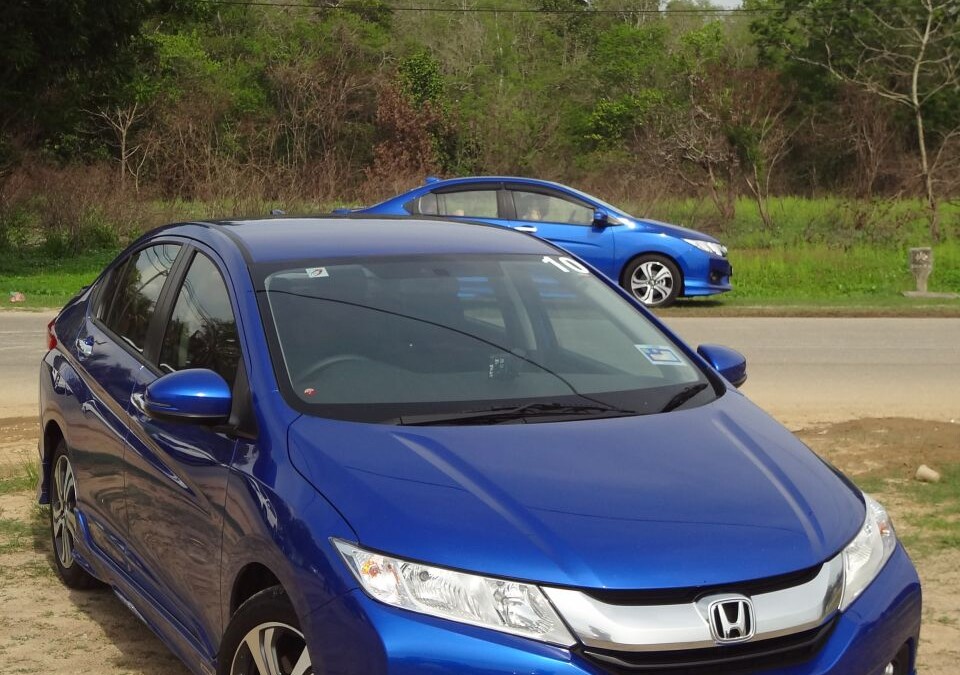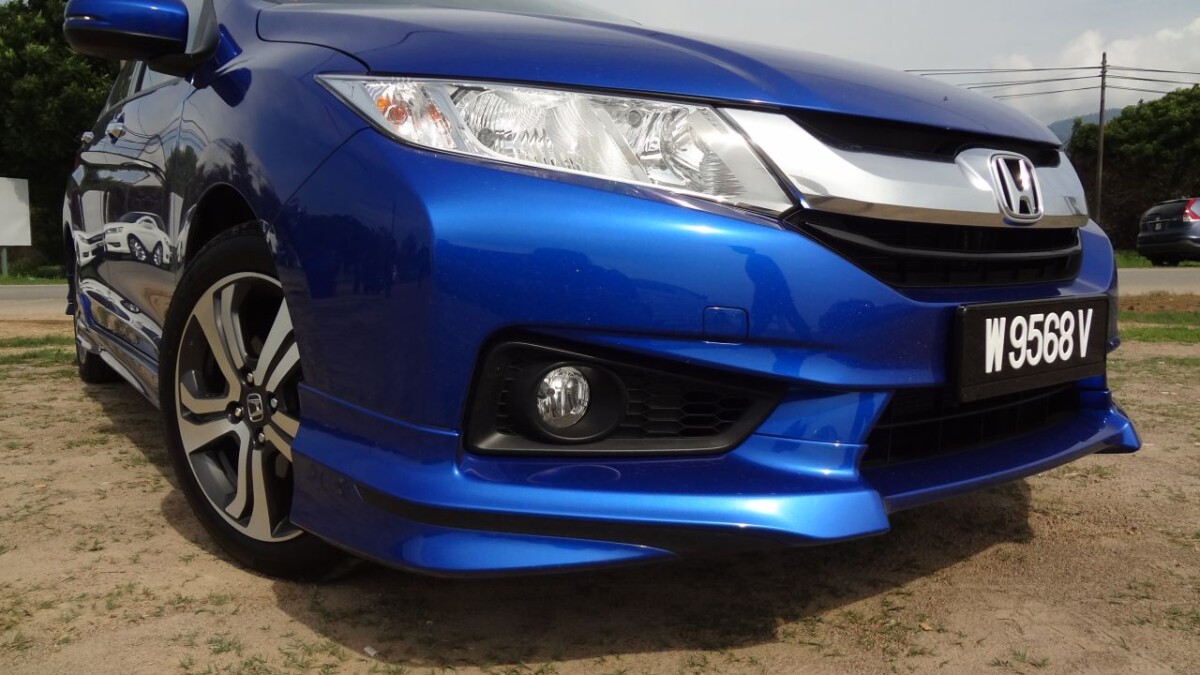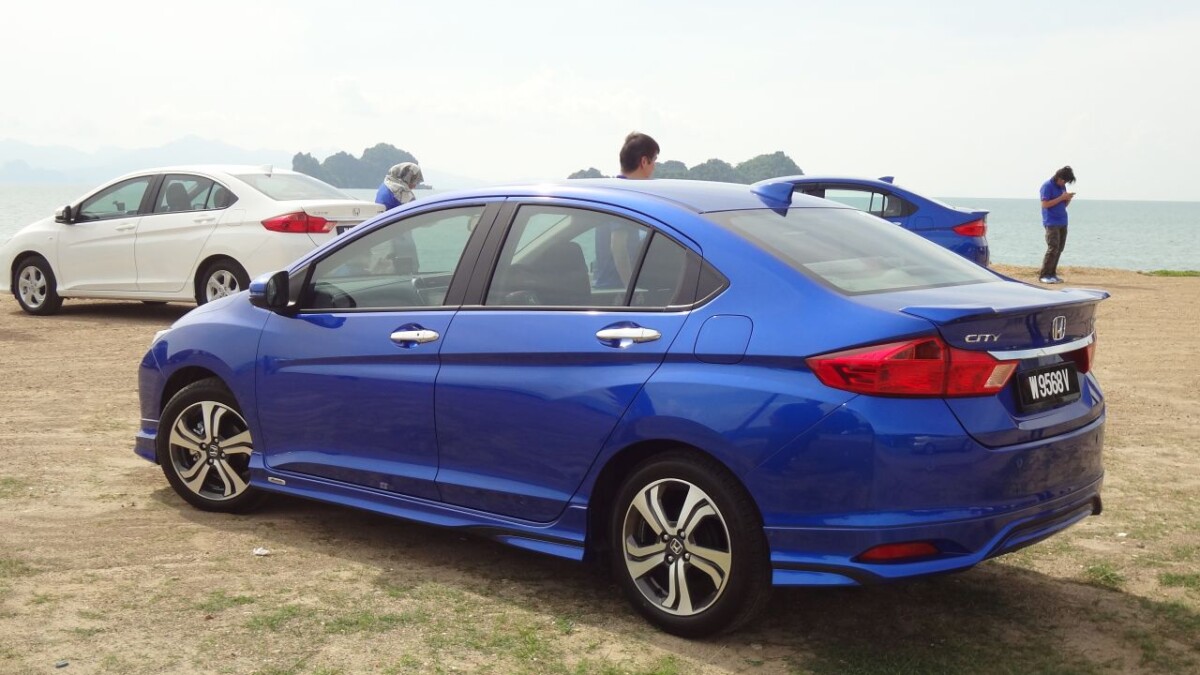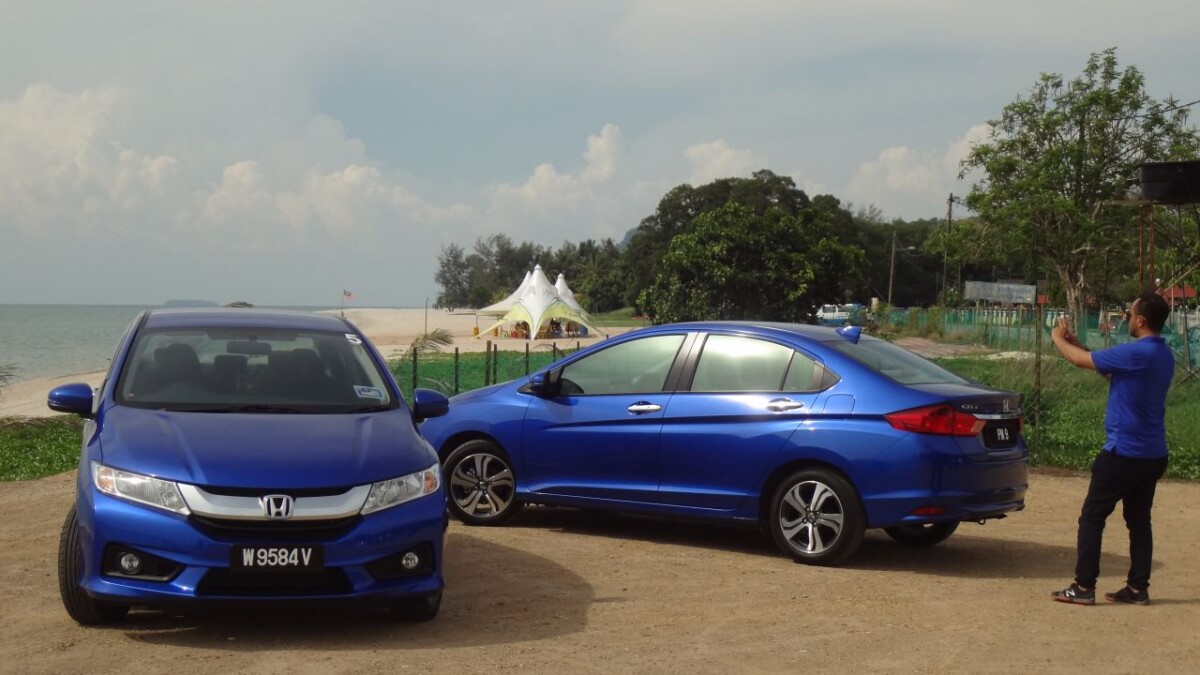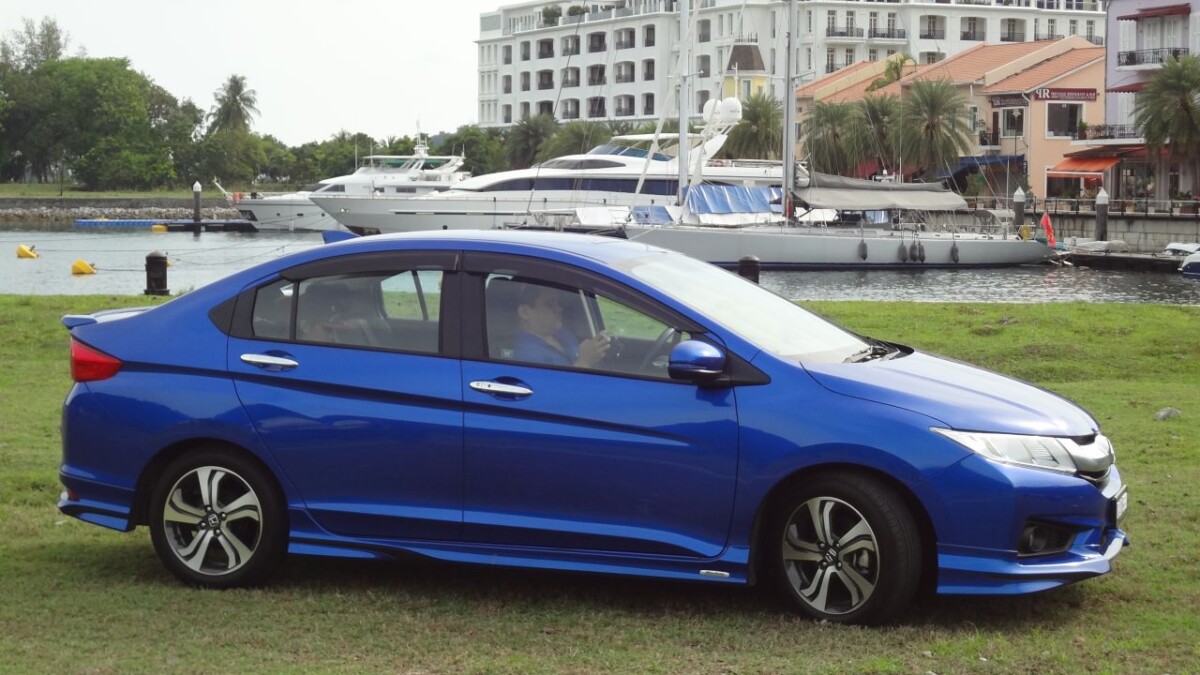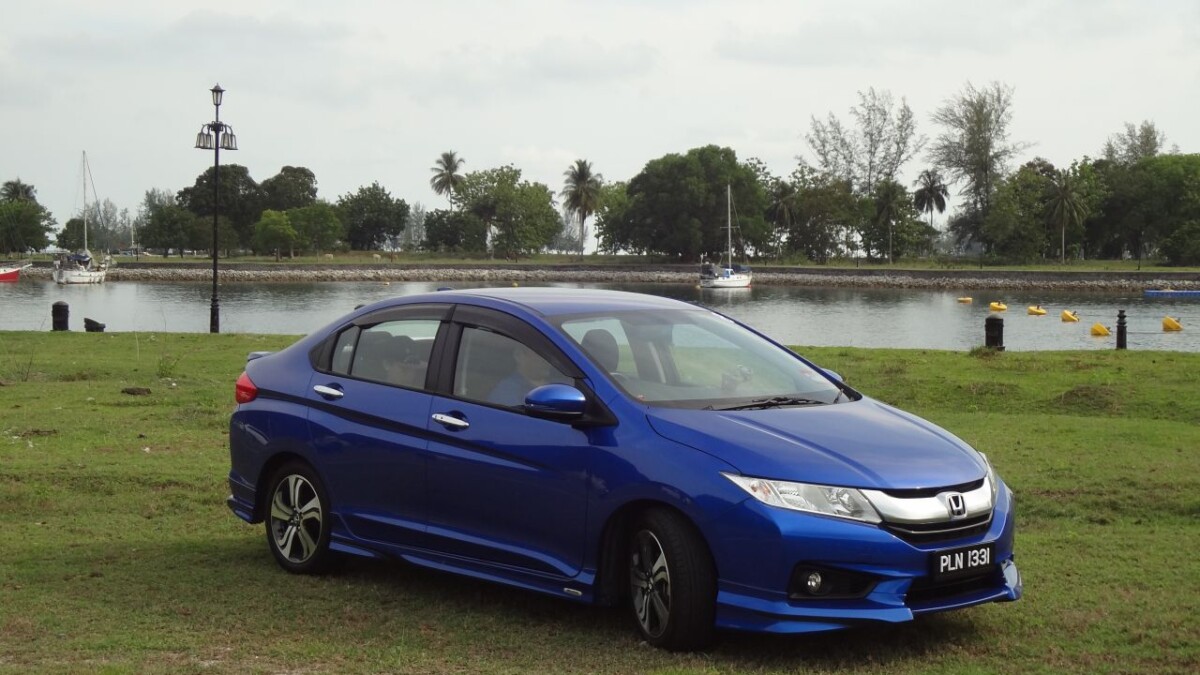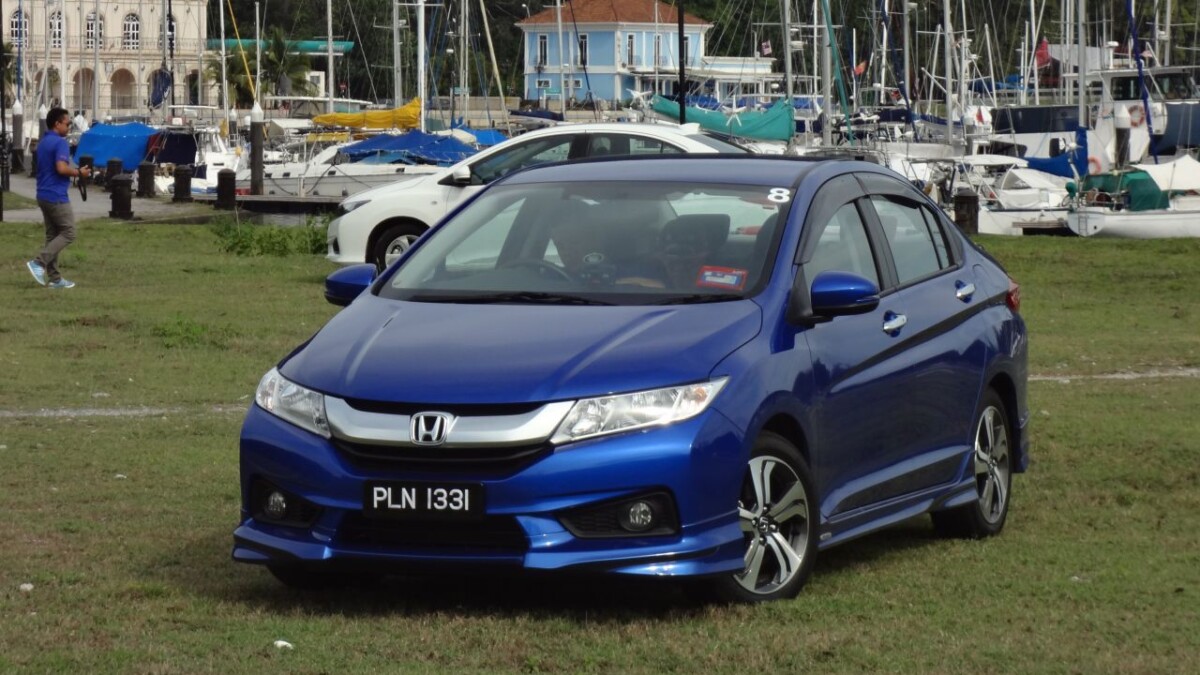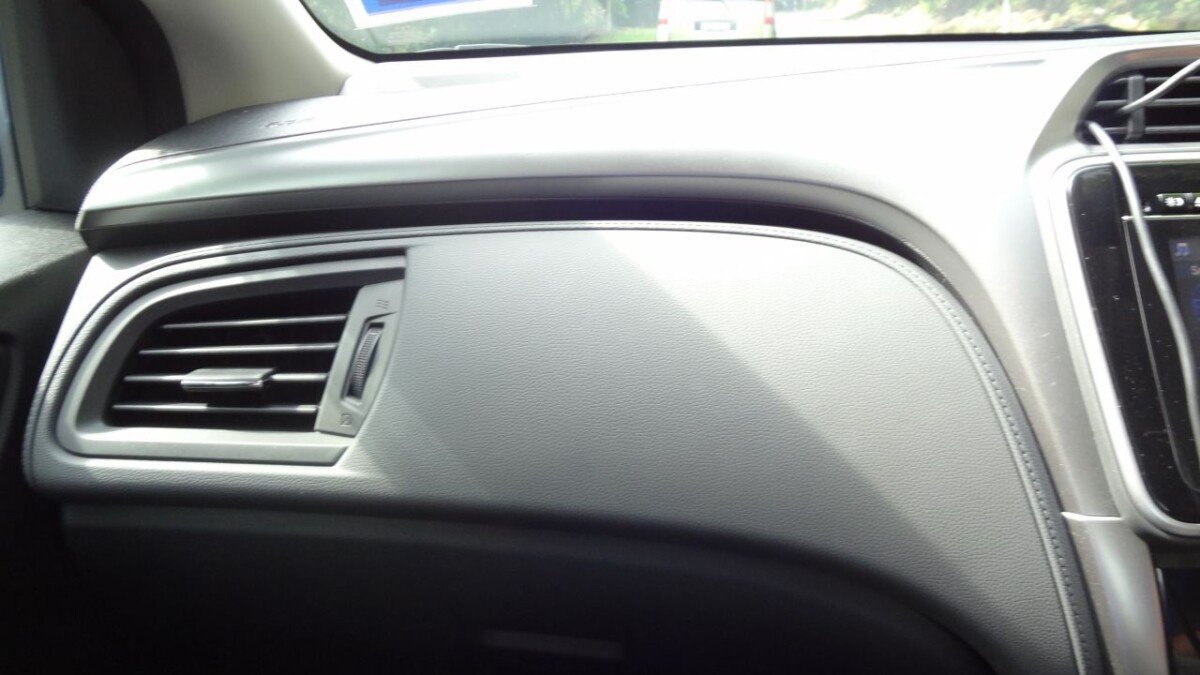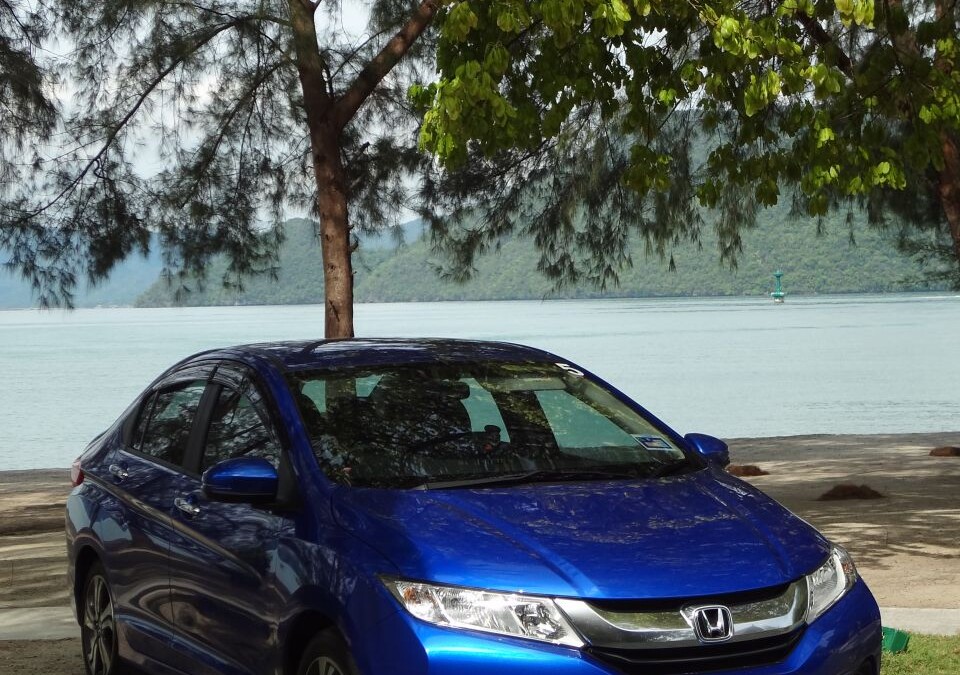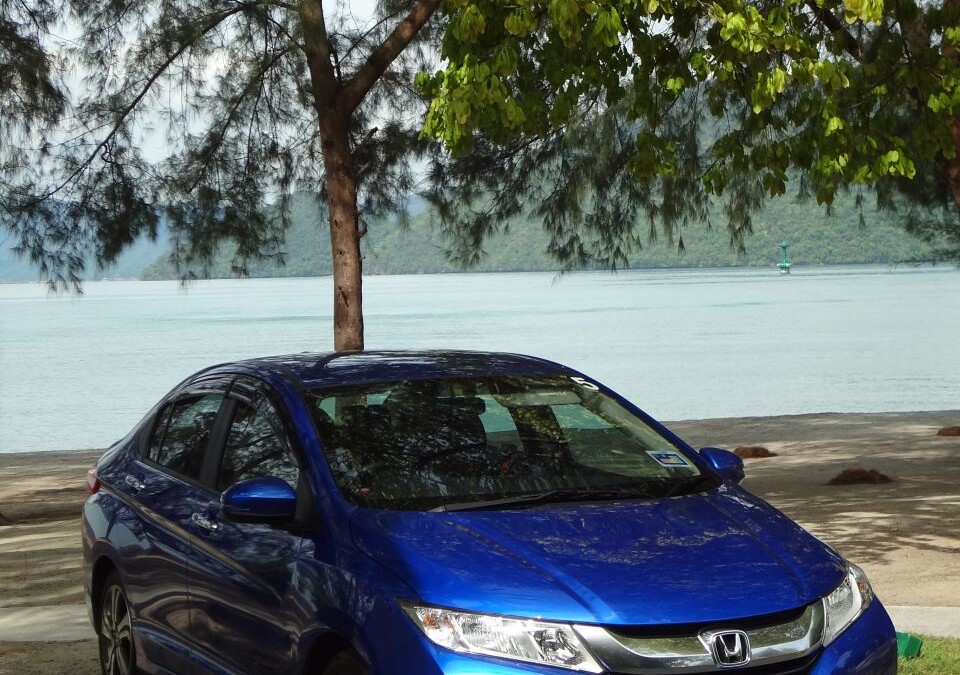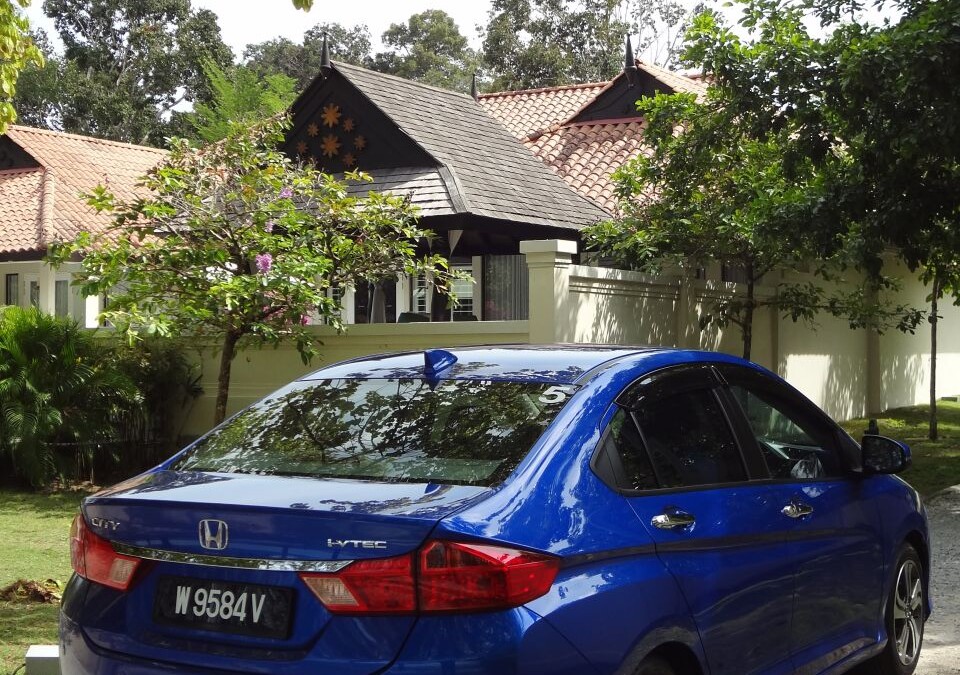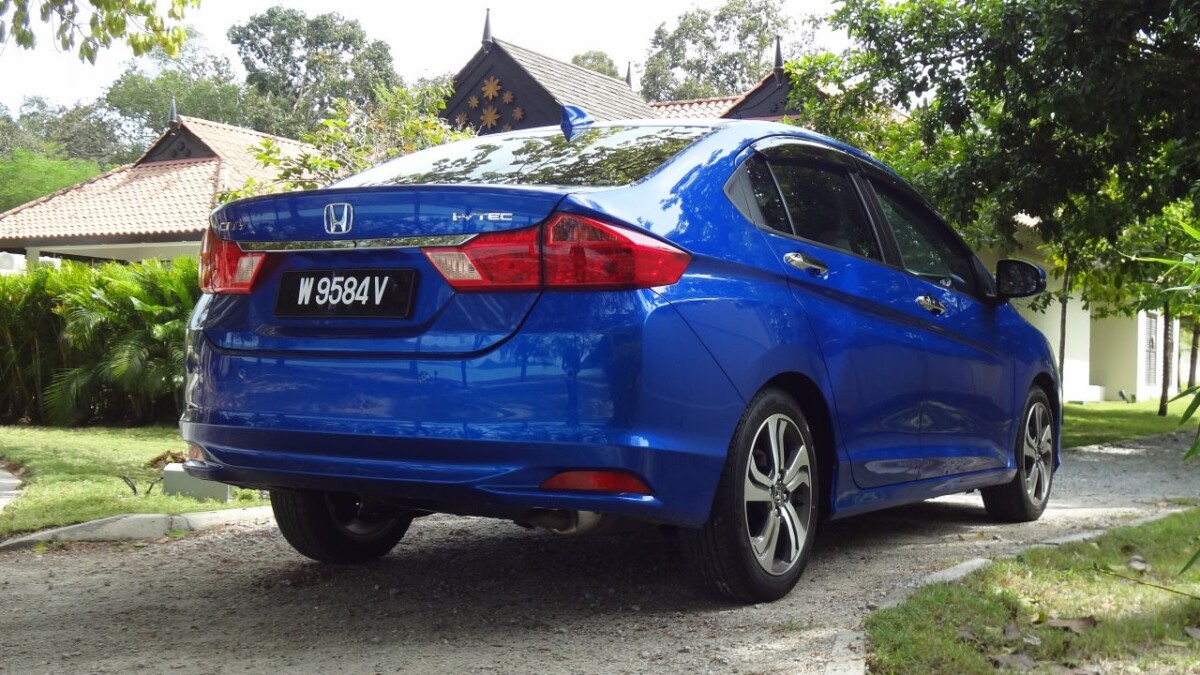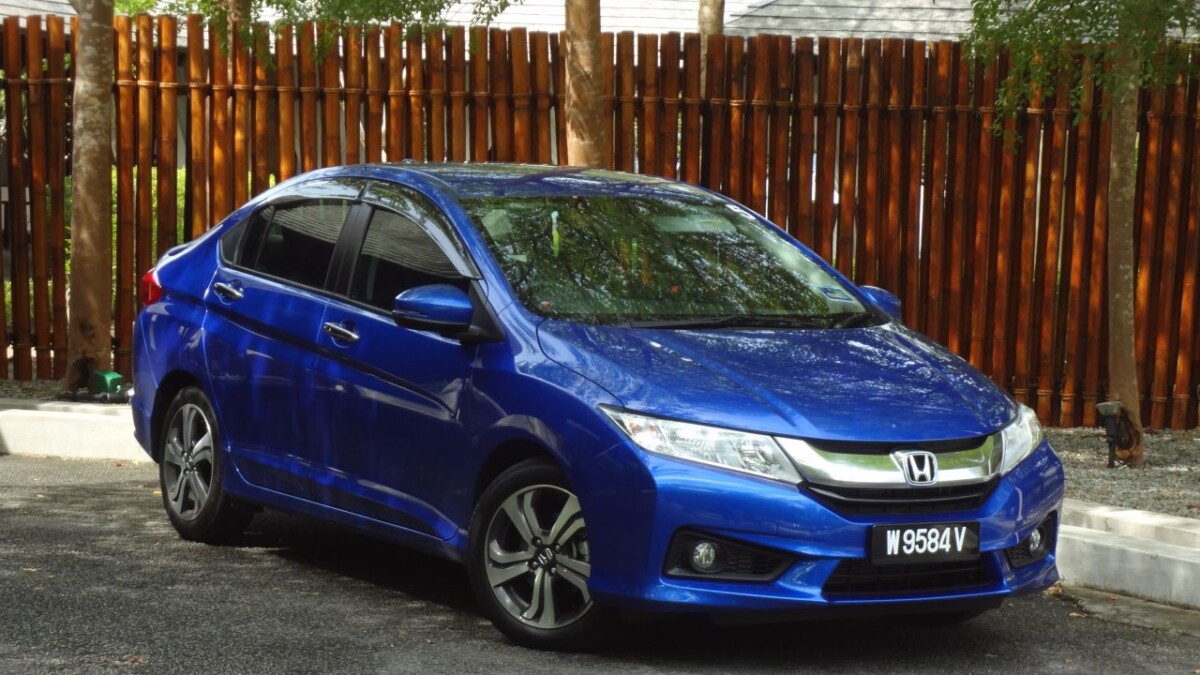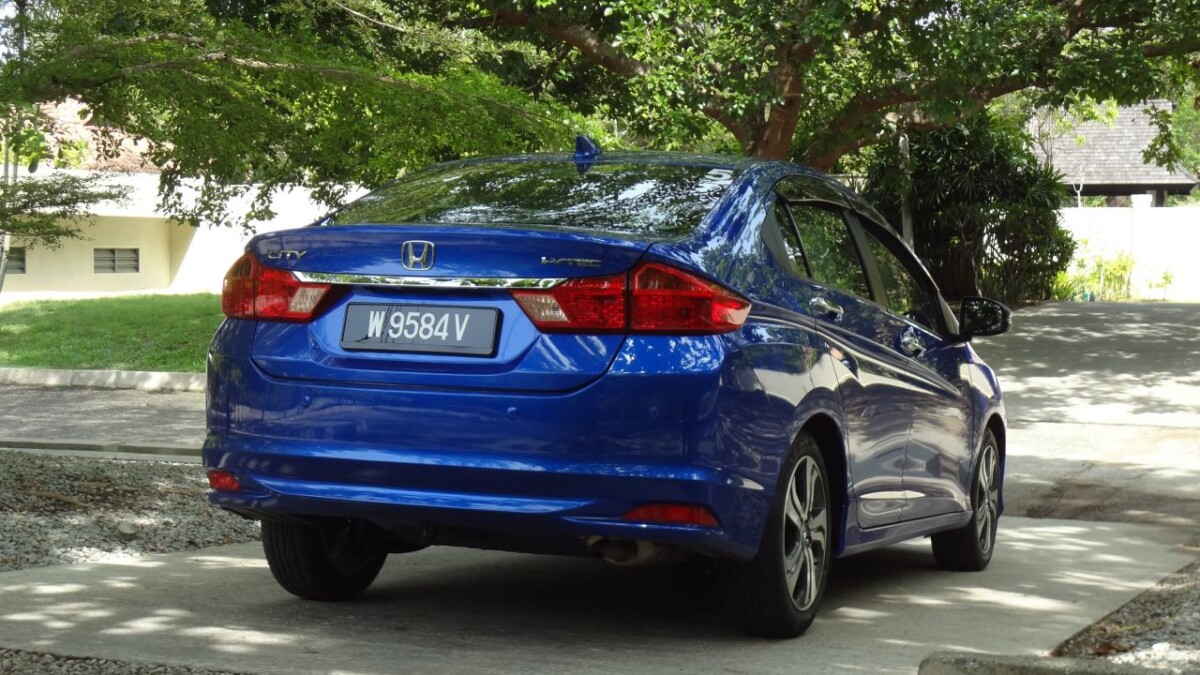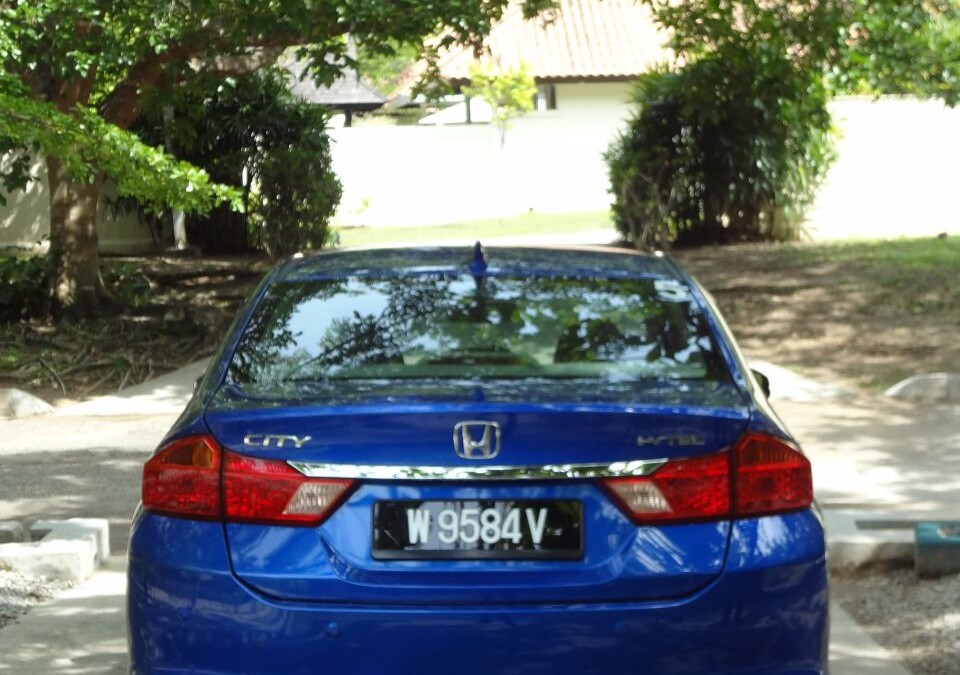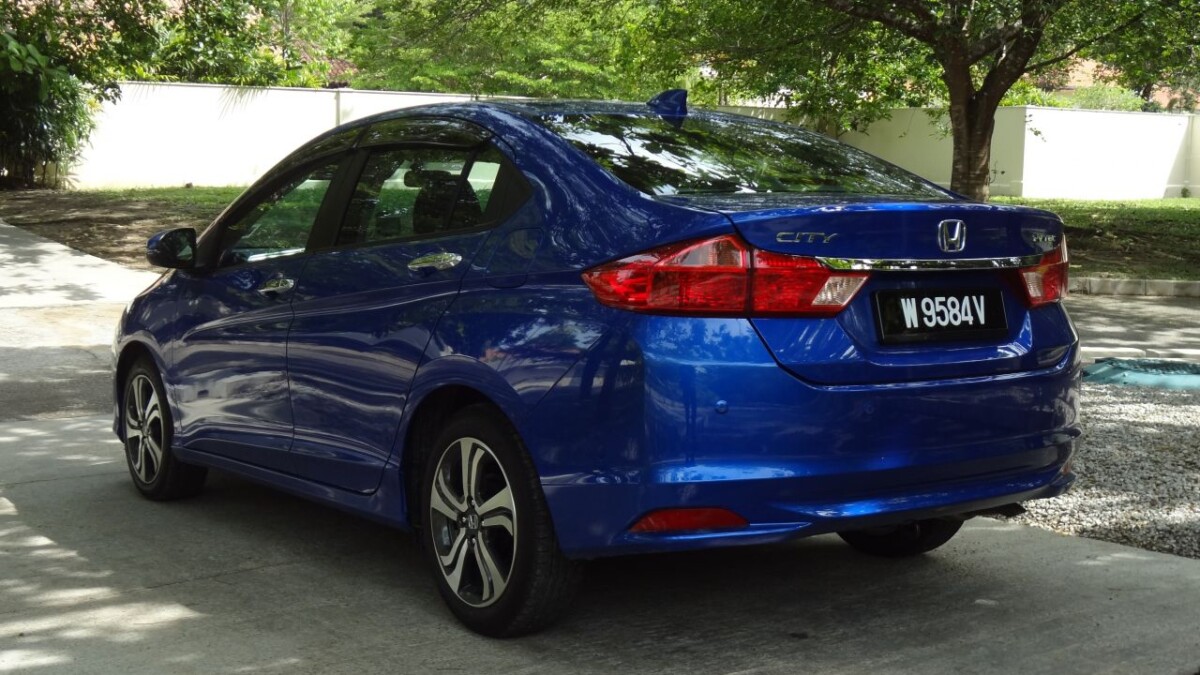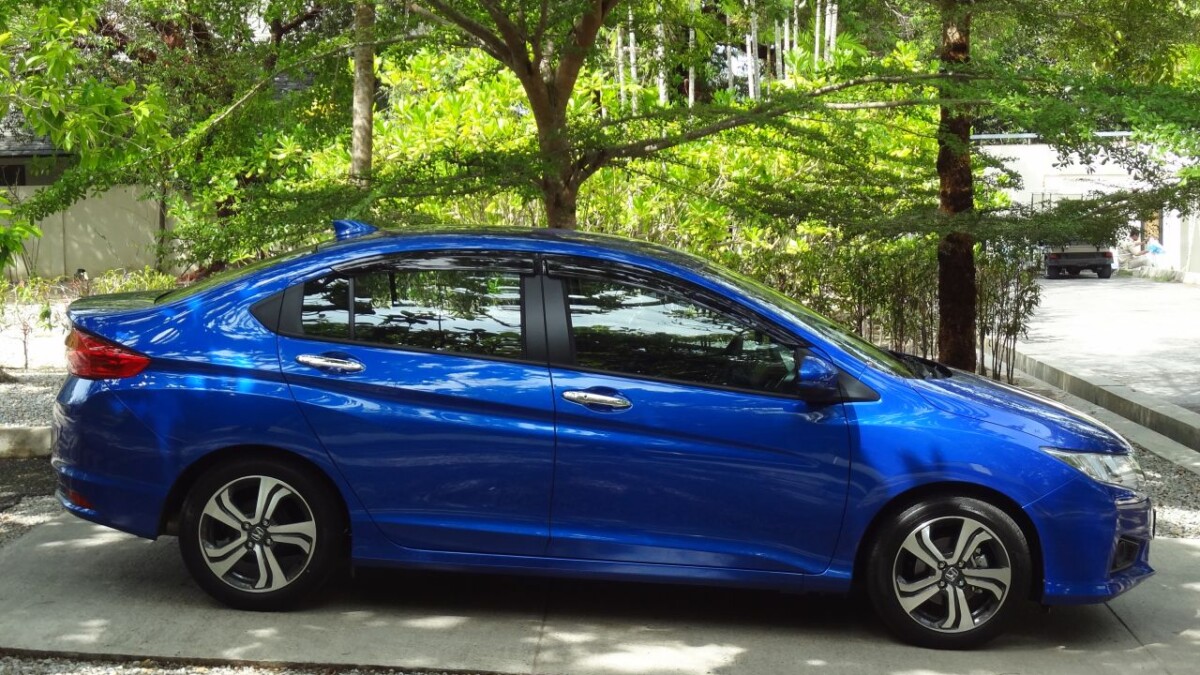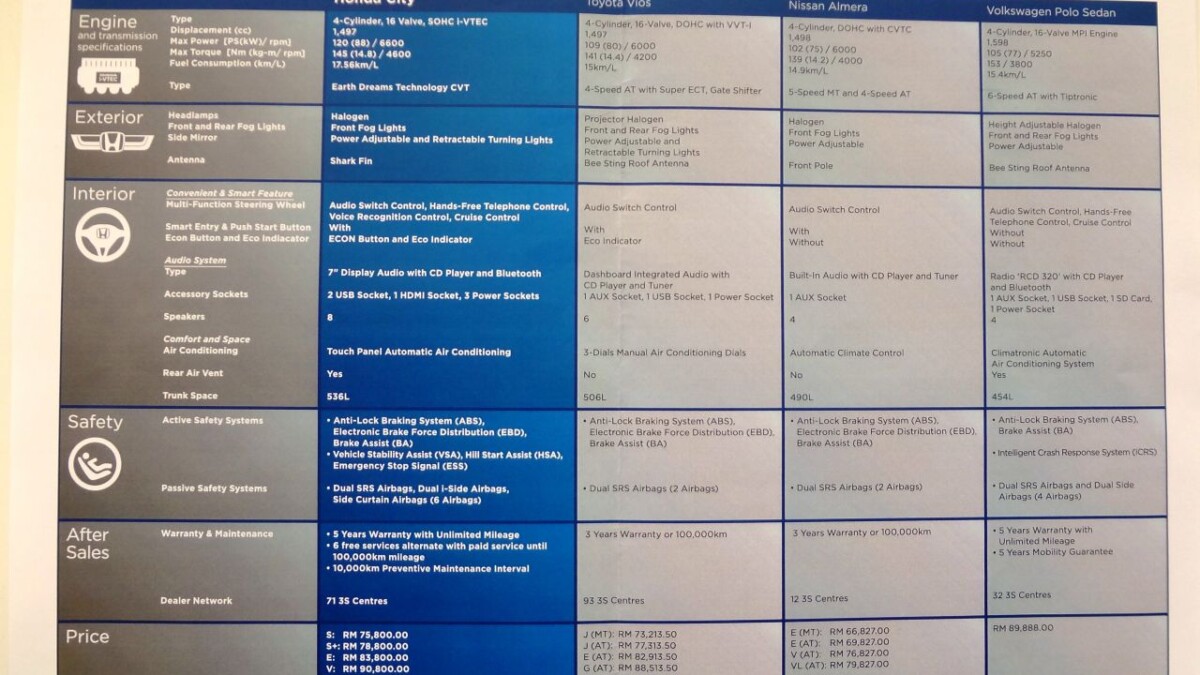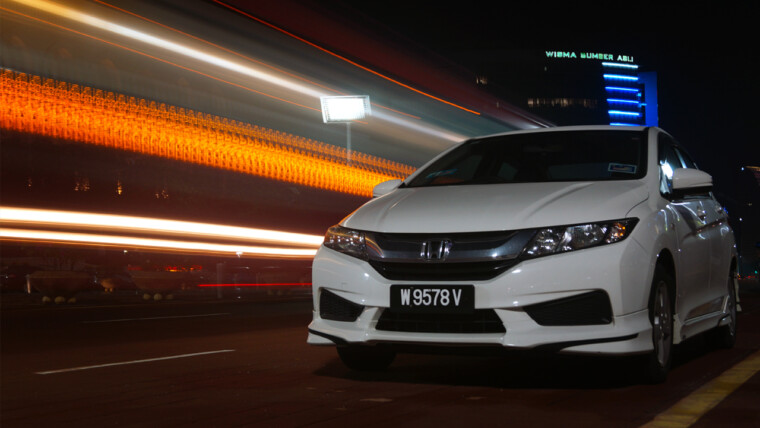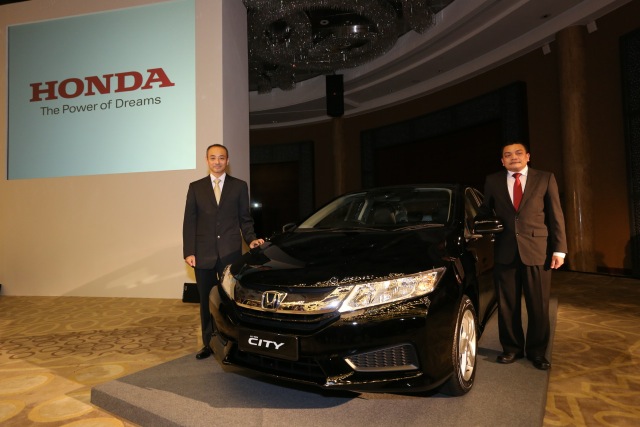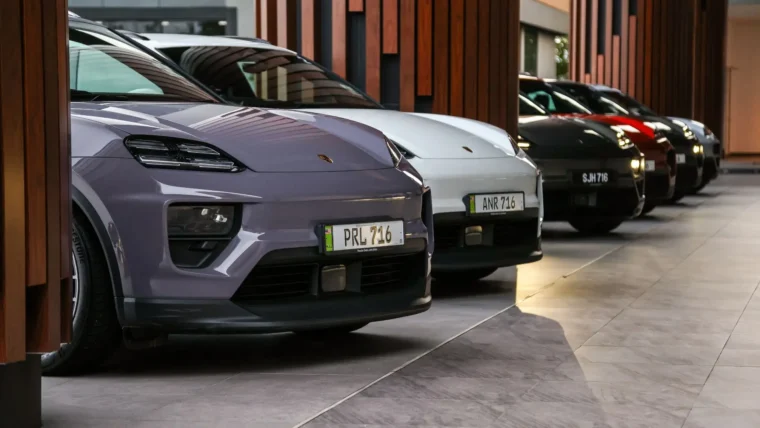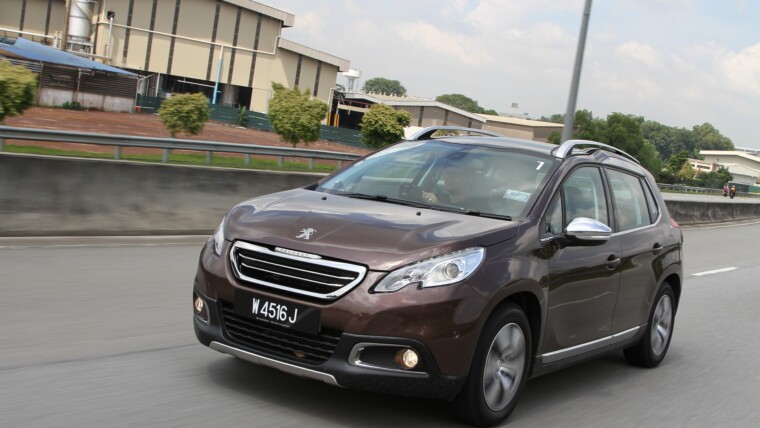Far from merely ripping-off the title from an 80’s Jefferson Airplane a.k.a. Starship song just because it has the name of the car we tested recently in it, there’s actually a valid reason why I think it’s perfectly suited: We really did build this new Honda City.
Through various focus groups and research, Honda Malaysia Sdn. Bhd. (HMSB) listened to the needs and wants of both current City owners, as well as non-owners to gauge what they really wanted in the next generation ‘city’ car. This led directly to the omission of ‘paddle-shifters’ in the latest model – even in the top-spec variant – and the inclusion of more airbags (6 to be exact) and an advanced touch-screen interface.
Let’s face it, they’re right. In this day and age where traffic jams around the city require week-long advanced planning for a 3km journey, who needs paddle-shifters when you’re hardly even going to use third gear? So they did away with the gears too, and opted for a CVT. So armed with that research, HMSB set about cramming the new City with just about every conceivable convenience gadget, short of a coffee-maker.
The 7-inch touch-screen houses a myriad of functions apart from just the audio, and this includes Bluetooth connectivity for hand-free phone calls, iPod connectivity, HDMI connectivity for SmartPhones, voice recognition, USB, and an 8-speaker system. Even the air-conditioning is controlled via its own touch-screen. A word of advice, if you’re abhorred to smudgy finger-prints on clean panels, keep a clean cloth handy because these screens get mucked up pretty quick.
While we’re still talking about the inside of the new City, I’d be remiss to not mention this poignant fact; thanks to the ‘man maximum, machine minimum’ Honda design philosophy – they’ve been building cars from the ‘inside-out’ for a while now – the interior space in this car is quite incredible. In addition to an ergonomically sound driving position, there’s an abundance of leg-room, especially for rear passengers.
Drivers over six-foot will not have any problems finding a comfortable driving position – the tilt and telescopic steering wheel helps a lot with this – while those of similar stature will be able to get quite comfy in the rear too. One way this was achieved was to actually shorten the rails of the front seats, which don’t allow the seats to go back too far. I noticed this when sitting as a passenger in the front. But fair’s fair, both front and rear passengers get an equal amount of legroom, but it is more impressive at the back for sure.
One dead giveaway that this is definitely a car tailor-made for the new generation, is the fact that it comes with 3 power sockets and 2 USB ports that can be used to either connect your SmartPhone to the HDMI system or simply charge it while on the go. The City also has 8 (yes, eight) cupholders, in addition to a pretty sizeable 536-litre boot, that can be made bigger thanks to 60:40 split-fold rear seat backs.
The location for the official media test drive would see us taking on the roads on the island of Langkawi, and while to many this may not seem like the most ideal location to have a drive, yours truly included, it turned out to be the better media drives in recent memory. The roads offered a very good mix of highway, B-roads, as well as some in dire need of resurfacing, and some that really can’t be classified as a ‘road’ even.
For the purposes of comparison, Honda had arranged a series of ‘tests’ that would see us not only driving the new City, but three of its closest competitors in its segment as well (above). The tests comprised a tricky double ‘evasive’ manoeuvre in which we were supposed to avoid two sets of cardboard boxes, set-up in staggered formation. Essentially we’d be making an ‘S’ manoeuvre through cones at 60km/h, avoiding said boxes, without touching the brakes.
We killed a lot of boxes. The exercise was to simulate what happens if a car suddenly brakes in front of you on the highway, and you have to swerve into the next lane, only to find another stationary car occupying that lane as well; basically a double avoidance manoeuvre. We killed a lot of cones too.
It wasn’t so much for a lack of skill – there was some of that involved too of course – but more as a showcase of how a properly set-up car with VSA (vehicle stability assist) like the new City has, can actually help you out of a sticky situation like that. It worked brilliantly of course. While the VSA did indeed help the driver maintain control, it was also the properly set up suspension that helped a lot. Even as a casual observer from the outside, it was plainly clear that the City was exhibiting a lot less body-roll and looked a lot ‘tighter’ negotiating the obstacles.
The organisers also held an actual ‘drag-race’ on a closed road, under police supervision, for us to feel the acceleration of the new City, against its competition. Needless to say, the 10.8sec 0-100km/h time of the City was more superior to the competition. Since Honda decided to use a CVT (continuously variable transmission) for the new City, the acceleration is as expected, linear and smooth, even when the engine is squeezed for all its 120Ps and 145Nm.
Since the new City’s launch about a month ago, more than 10,000 orders have been taken for the car, which makes this review just a tad redundant actually, so I’m going to do something a little different…I’m going to ask myself if I personally would buy a Honda City, seeing as how so many are already buying it; would I buy this car if I were in the market for a new car?
Well, let’s see. I can’t complain about the interior space, at all, and that’s really saying something since I’m 190cm. I can’t complain about the ride and handling either because quite frankly – thanks to the first hand comparison with the competitors – it’s the best handling car in its class. I would complain about getting used to the amount of gadgetry but the younger generation will have absolutely no problems with that whatsoever. And since looks are subjective (personally I think the new City looks very good; it’s a nice blend of style and sportiness) I shan’t comment on that either.
Frankly, my only major grouse are the touch-screens. They do get all smudgy very fast because so many of the cars’ peripheral functions are controlled that way, and on un-even roads where keeping your hand steady becomes a chore, they are difficult to operate. Also, I still reckon the top of the range variant should have come with paddle-shifters, because the new City does return a rather spirited drive when so desired, and being able to swap cogs – or in this CVT’s case, ratios – would have added just a bit more fun to the drive.
But I’m nit-picking really. As an introductory level car, especially for those seeking their first set of wheels, or even professionals looking for a daily commuter, you really can’t go wrong with the new City. In terms of active and passive safety systems, driver and passenger conveniences, and of course in terms of sheer interior space given the segment this car resides in, it’s a no brainer really. And just as a recap, the new City is available in four variants, S, S+, E and V, and price wise it’s RM75,800 (OTR with insurance) for the S, RM78,800 (OTR with insurance) for the S+, RM83,800 (OTR with insurance) for the E and RM90,800 (OTR with insurance) for the top of the line V.
Honda has actually done something we journalists call the ‘first rule of media’ – “give the people what they want”. I wasn’t kidding when I said that we built this City; Honda has taken all that they have learned from the previous generation, they’ve listened to their customers, and they’ve done exactly that. More than ten-thousand seem to agree they’ve done a superb job doing it too.
Other posts by Chris Wee

